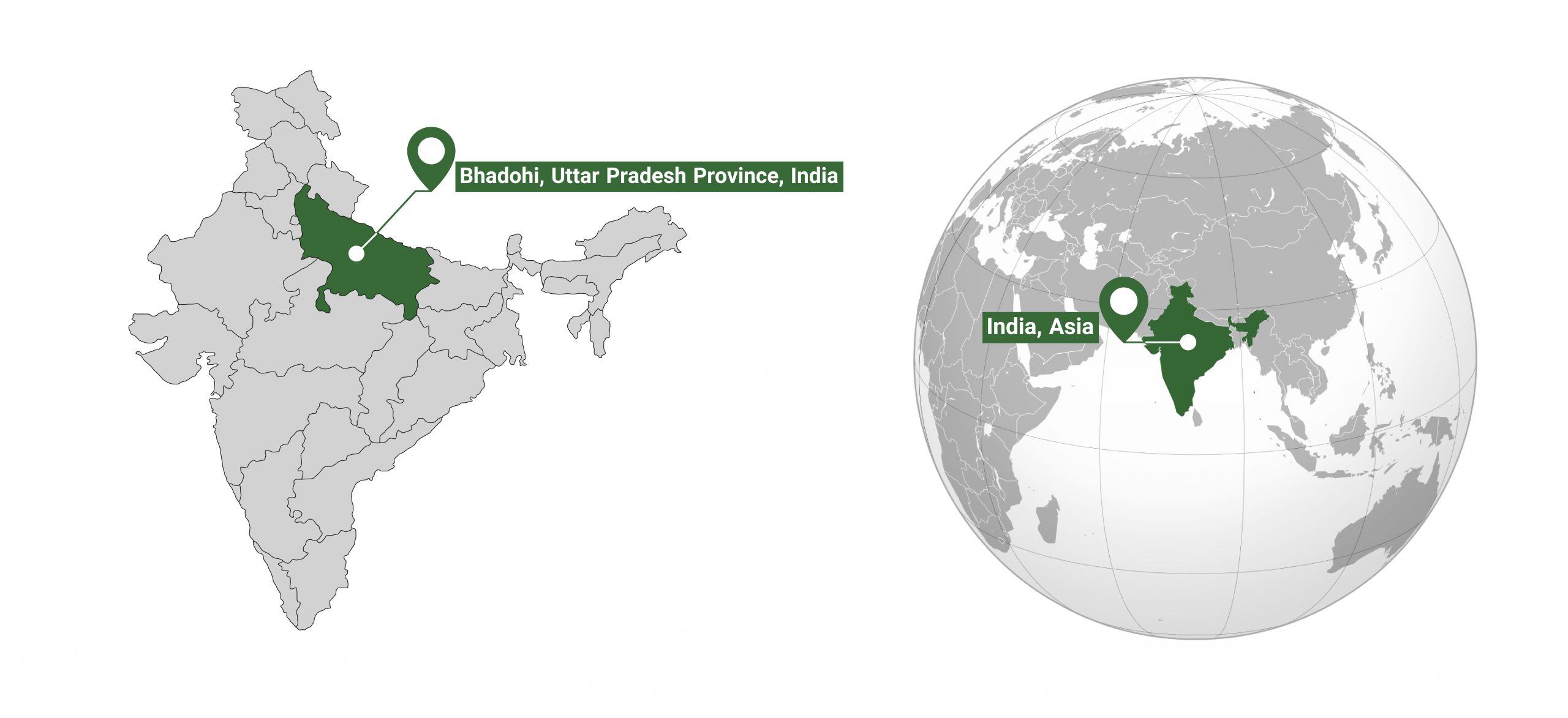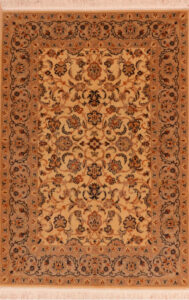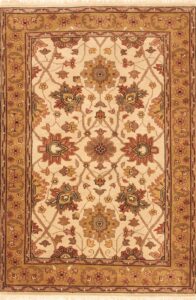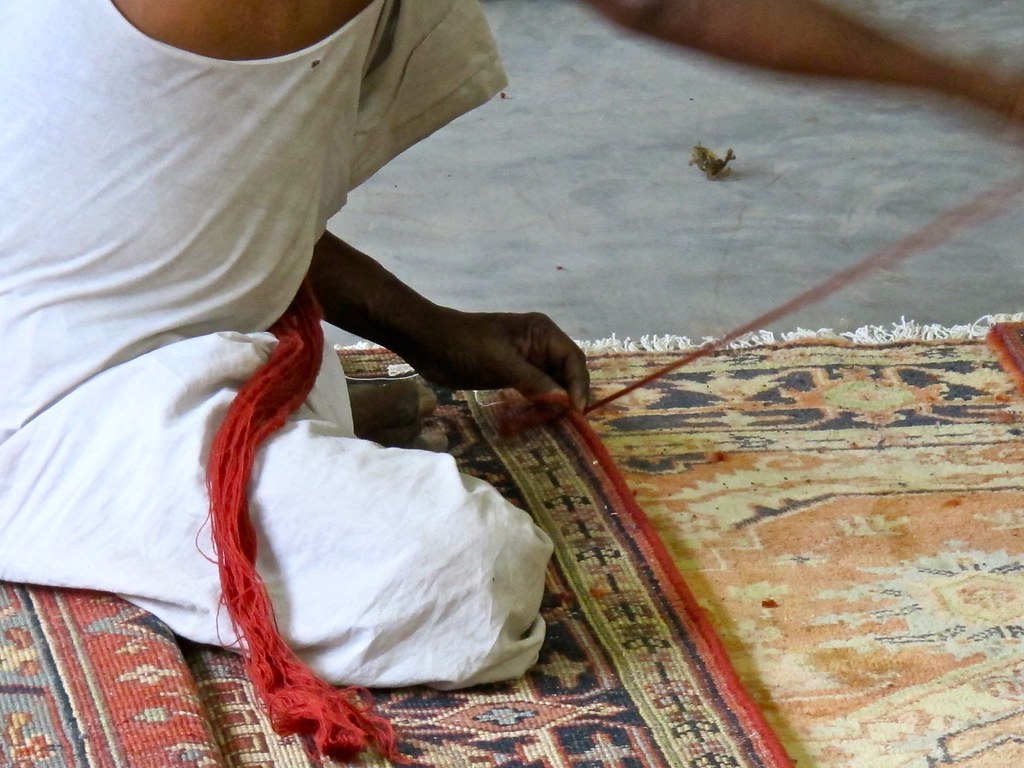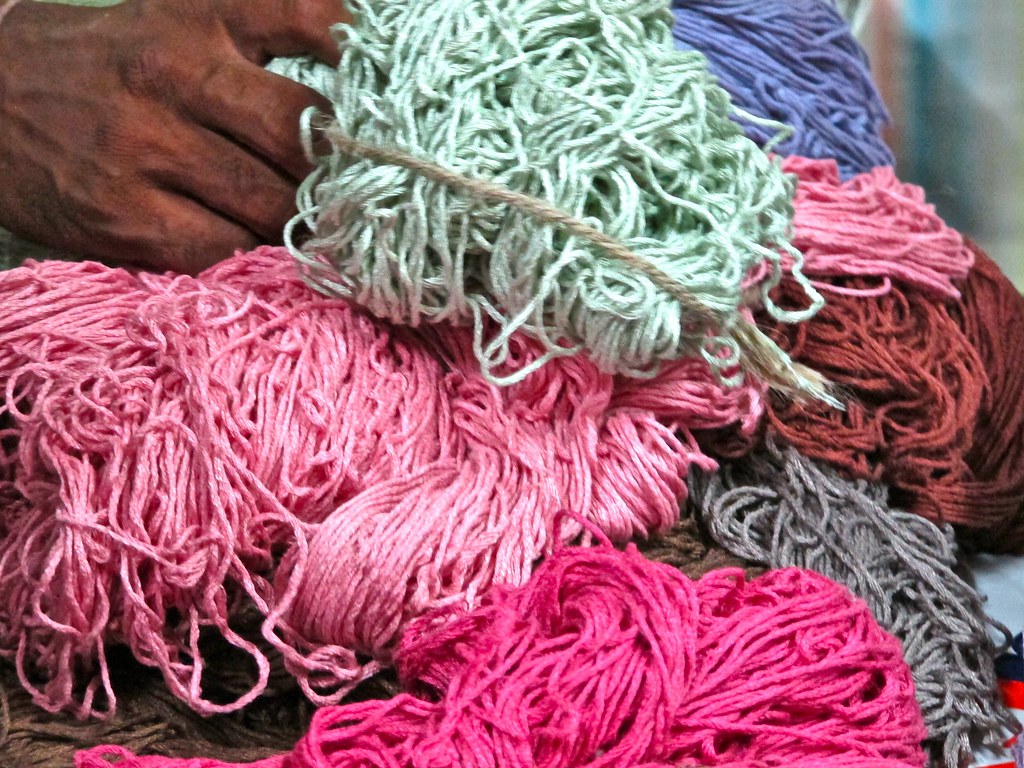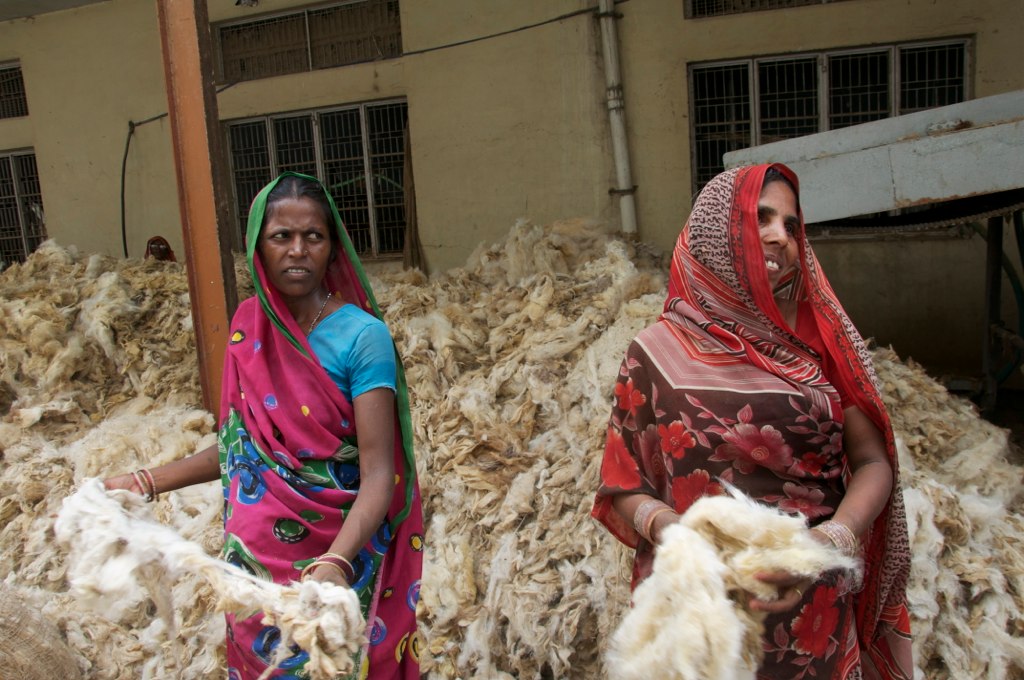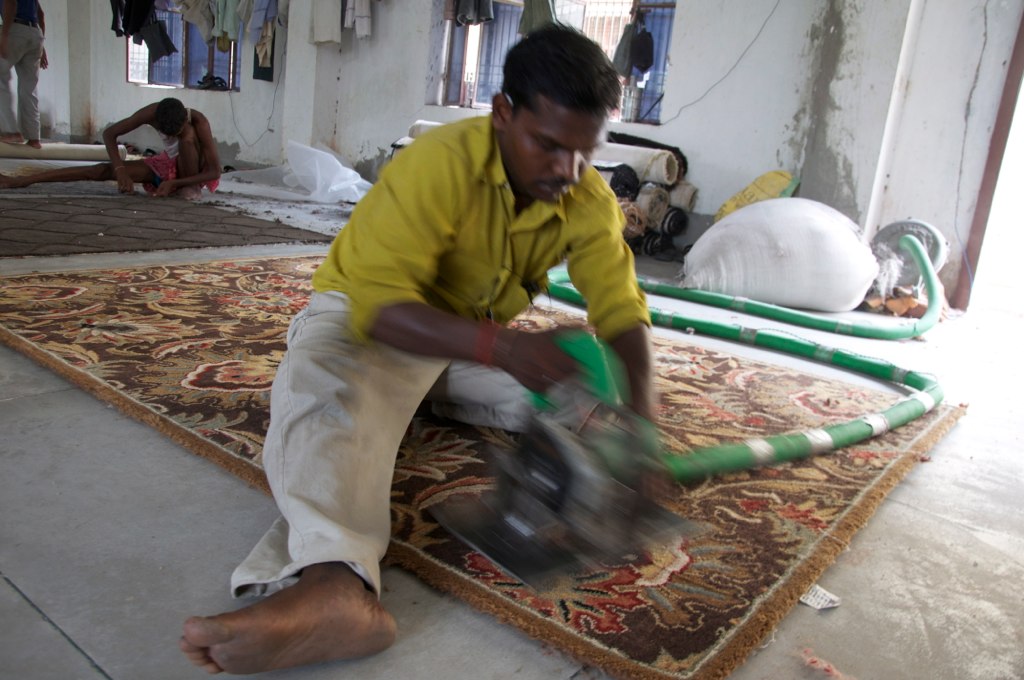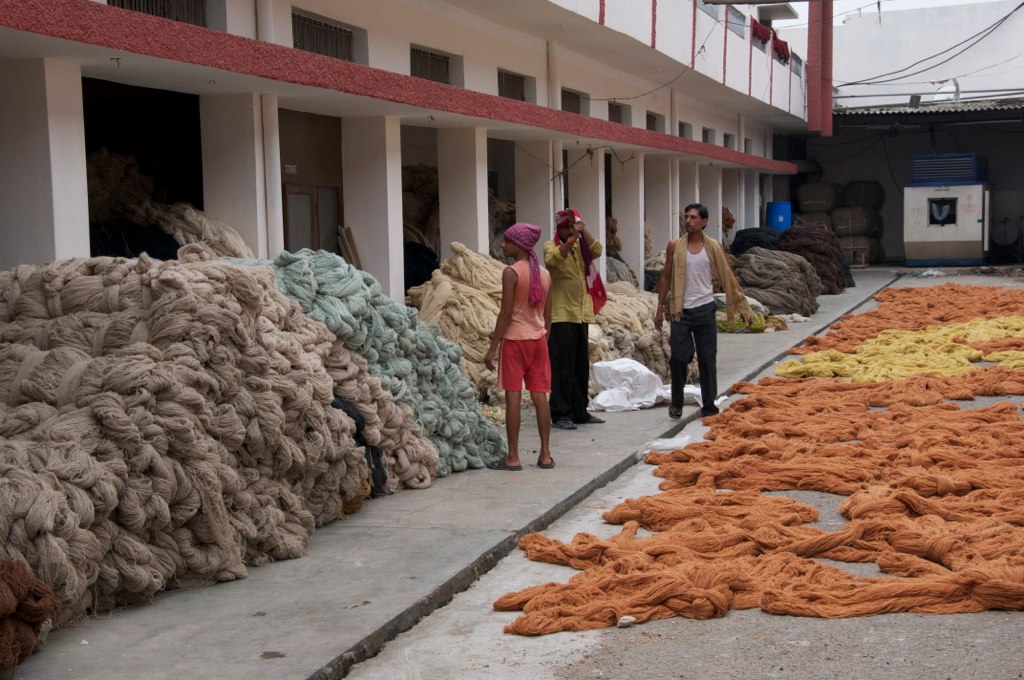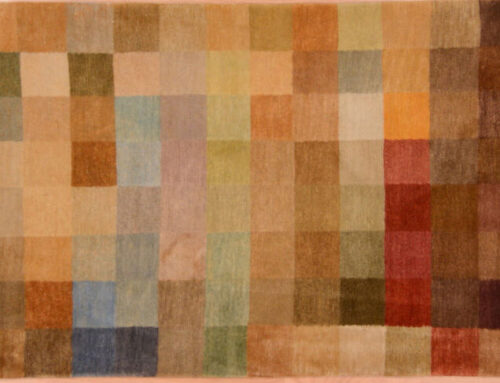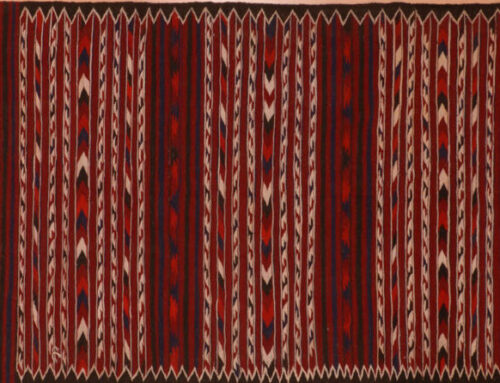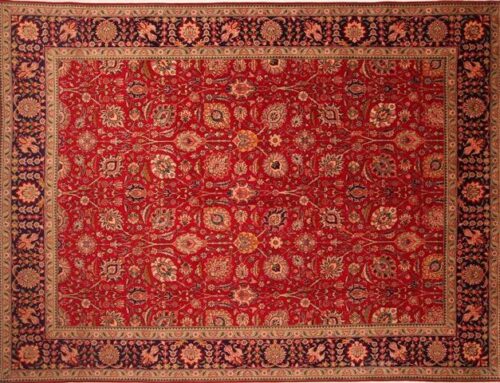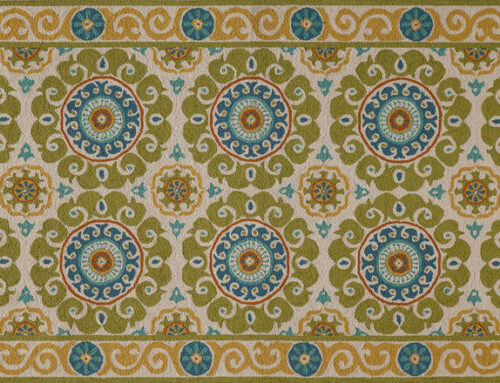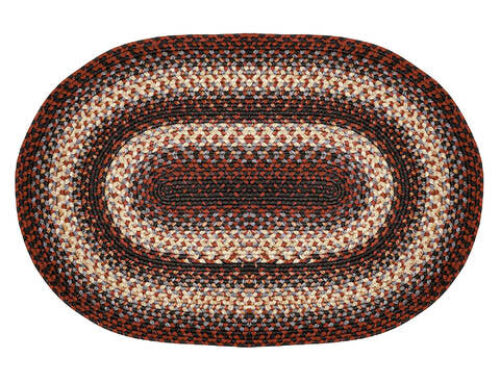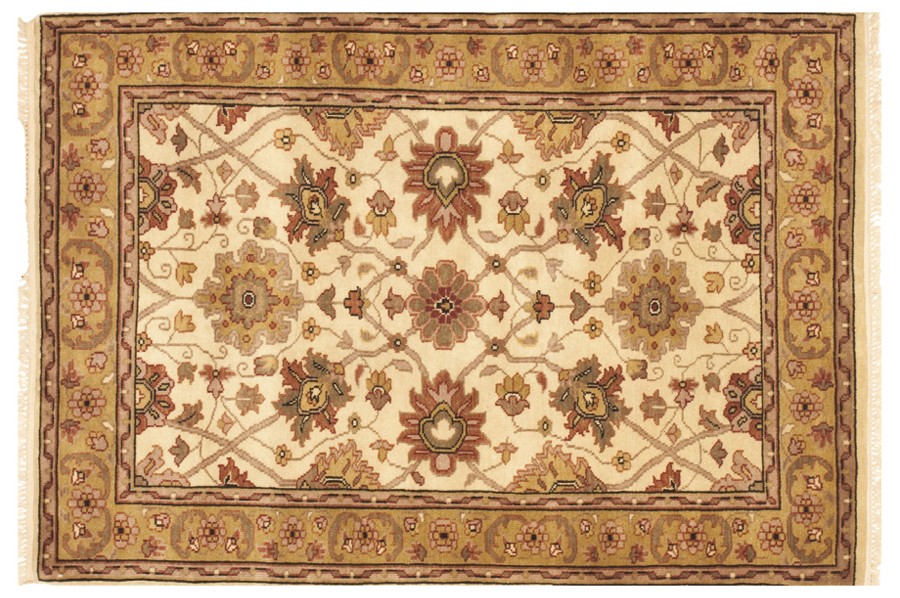
Origin of Bhadohi Rugs 1
Bhadohi is a city and district located in northeastern India.
History of Bhadohi Rugs
Carpet weaving began in Bhadohi during the late Mughal period. Under the British Raj (1858-1947), foreign companies entered the Bhadohi district and established looms to weave carpets for the international trade.
After India’s independence, in 1947, carpet weaving continued in the country, notably the northeastern region. The Bhadohi carpet industry expanded, with many villages and towns surrounding the city contributing to the production of large-scale hand-made carpets for export. Today Bhadohi is called “The Carpet City” and has a school (the Indian Institute of Carpet Technology) dedicated to teaching carpet weaving. Bhadohi’s importance in carpet manufacturing was recognized in zolo when the city received a Geographical Indiction (GI) tag. This means carpets produced in the region surrounding Bhadohi are officially tagged “Handmade Carpet of Bhadohi.”
Bhadohi carpet sizes range from small room to dining room dimensions.
Characteristics of Bhadohi Rugs
-
Material and Knots
Bhadohi carpets have a cotton foundation and a wool pile. The Persian (asymmetric) knot is solely employed.
-
Color
The background and border colors have mostly traditional Persian reds, ivory, and dark blues. A variety of colors appear in the design elements, guard borders, and outlines as well.
-
Design and Pattern
Bhadohis have traditional Persian patterns similar to those of Kerman and Tabriz, and feature the Herati (fish), Boteh (paisley), and other classical motifs.

